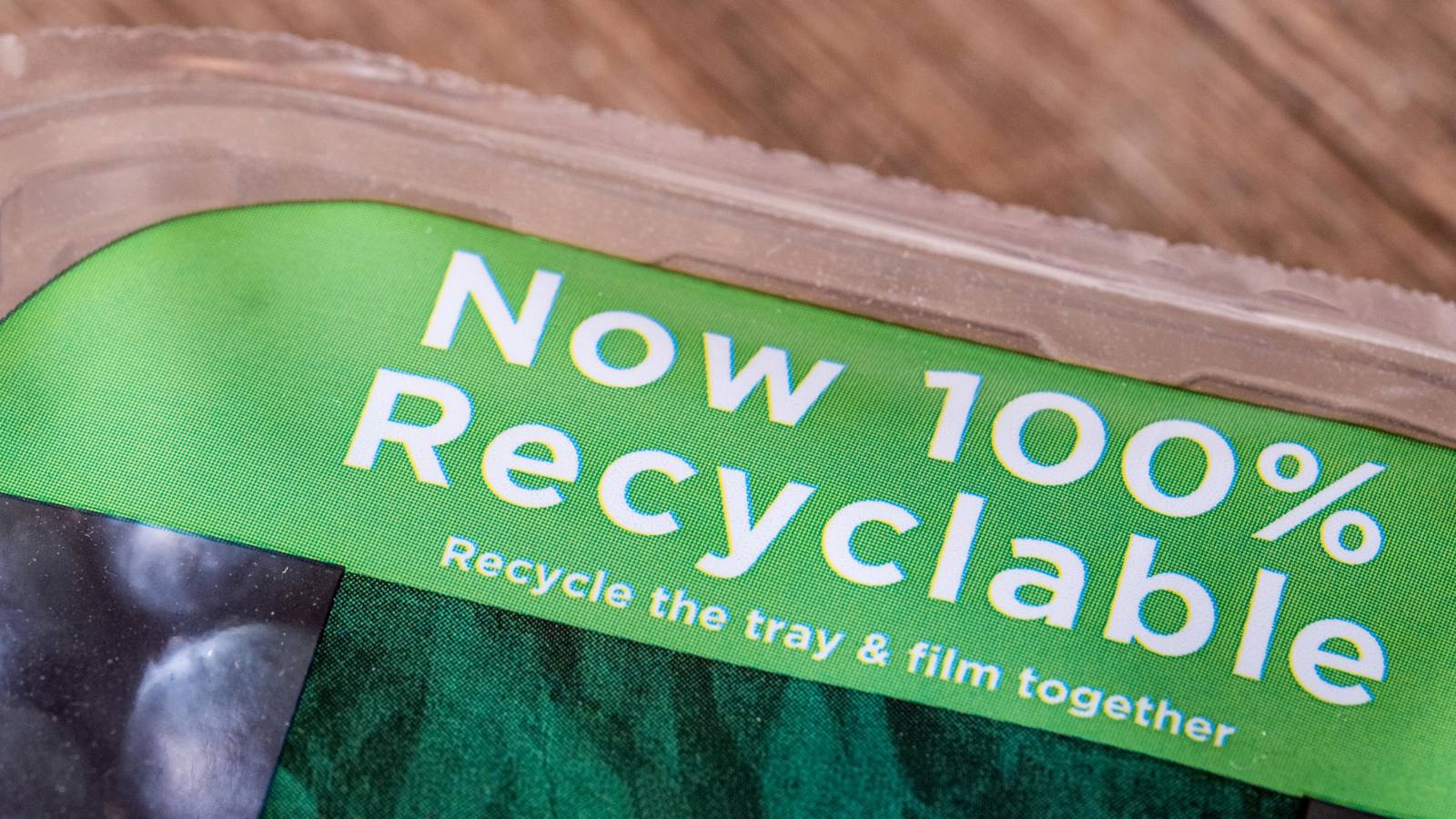
Texture analysis of packaging from upcycled sources

Sustainable packaging is a key focus for businesses across all industries, driven by government regulations and customer demand. Sustainable packaging can be created by designing package items with multiple lifetimes, recycling, reusing, or upcycling specific packaging components, or choosing more environmentally friendly materials to begin with. Making packaging more sustainable entails involving all stages of the supply chain in order to bridge the gap between manufacturers and recyclers and assist businesses in better understanding packaging circularity and future-proof design.
Globally only about 20% of waste plastics are recycled. Boosting that figure remains a challenge as recycling plastic cleanly can be expensive and usually produces lower-value products, often making it financially unviable. New research methods can produce high-value products from plastic while simultaneously upcycling agricultural and organic waste.
There is a growing demand for biodegradable, eco-friendly, and functional food packaging materials. Proteins derived from agri-food industry by-products have the potential to be a promising and sustainable (lower impact, higher value) source of such materials.
Agricultural production and agro-industrial processing generate a large amount of waste and by-products. Fruit by-products such as bagasse, peels, trimmings, stems, shells, bran, and seeds account for more than half of fresh fruit and, in some cases, have a higher nutritional or functional content than the finished product. Fruit and food waste are also produced as a result of damage during transportation, storage, and processing. In recent years, the growing popularity of fruit juices, nectars, frozen, and minimally processed products has resulted in an increase in the production of by-products and wastes.
Additionally, large parts of packaging are non-recyclable. These include complex lids, multi-layered boxes and cellophane, ending up in our landfills and oceans. Researchers have raced to develop innovative packaging to incorporate upcycled materials. These innovations include packaging made from mycelium (the vegetative root structure of a mushroom), grasspaper boxes and papers containing sun dried grass (the production of grasspaper uses up to 80% less energy than that of wood pulp, with dramatically reduced water requirements), upcycling takeaway cups, giving this post-consumer waste a second life, transforming it into papers and packaging and taking plastic packaging from ocean waste.
So where does the Texture Analyser come in to help?
At the heart of all of this new packaging material development is the need to assess whether the materials are fit for purpose and whether the final packaging format will withstand its physical requirements. Texture analysis has the ability to support and measure a wide range of samples in compression or tension in order to physically stress the packaging to measure its mechanical properties.
Where are the advances in research in this field occurring?
The following are examples of recently published research studies in this area incorporating Texture Analysis in several different approaches:
3D printed food package casings from sugarcane bagasse: a waste valorization study
Lentil By-products as a Source of Protein for Food Packaging Applications













